When winter ends, storing your Snowfeet skiblades and skiskates properly ensures they stay in great condition for next season. Here's a quick summary of the key steps:
- Clean and Dry Everything: Remove dirt, salt, and moisture to prevent rust and mold.
- Protect Edges: Remove rust, apply oil, and use edge guards or foam covers.
- Apply Storage Wax: Seal the bases with a thin layer of wax for protection.
- Choose the Right Storage Space: Store in a dry, cool, and dark area with good ventilation.
- Avoid Heavy Pressure: Keep gear free from weight to prevent damage.
- Prepare Bindings: Clean, loosen, and lubricate binding mechanisms.
Quick Comparison: Snowfeet vs. Traditional Skis

| Feature | Snowfeet Skiblades/Skiskates | Traditional Skis |
|---|---|---|
| Length | 15–39 inches (38–99 cm) | 60–72 inches (152–183 cm) |
| Storage Space | Backpack or small shelf | Dedicated ski rack |
| Boots Needed | Standard winter boots | Ski boots |
Proper storage protects your gear from rust, wear, and damage, ensuring it’s ready for your next adventure.
Snowfeet & Skiskates Maintenance - Adjusting Bindings ...
1. Clean Before Storage
Use a soft cloth with a bit of mild detergent or a ski-specific cleaner to gently wipe your skiblades and skiskates. Make sure to clean the base, edges, bindings, and straps thoroughly, removing any dirt, salt, or debris. Stay away from harsh chemicals or abrasive tools - they can harm the finish or dull the edges.
After cleaning, dry everything completely to avoid rust or mold from forming.
2. Remove All Moisture
Dry every part thoroughly using a clean, lint-free towel or compressed air. Focus on areas like the binding mechanisms and strap attachment points, as moisture tends to linger there. Make sure everything is completely dry before storing. Lastly, take care of your edges by maintaining and covering them properly to keep them in good condition.
3. Maintain and Cover Edges
After your gear is dry, take steps to inspect and protect the edges. Check your Snowfeet skiblades and skiskates for any signs of rust or damage. If you spot rust, use 220-grit sandpaper to remove it, then finish by polishing the edges with ski-edge metal polish.
Apply a coat of mineral oil or ski-edge oil to prevent moisture from causing rust. For extra protection, consider using a silicone-based rust inhibitor.
To shield the edges, use edge guards or protective sleeves specifically designed for this purpose. If you don't have specialized guards, you can try these alternatives:
- Wrap rubber bands around the edges every 6 inches.
- Use split foam pipe insulation as a protective cover.
- Store your gear in a moisture-resistant bag.
When storing, place the pairs side by side with dividers to avoid edge-on-edge contact. Finally, don't forget to apply storage wax (see Tip 4) for added protection.
4. Apply Storage Wax
Once the edges are secure, it's time to protect and seal your bases with storage wax. This step helps retain moisture and makes tuning easier when the next season rolls around.
Here’s how to do it:
- Clean the bases with a cloth to remove any dust or debris.
- Choose a slow-cooling storage wax; skip the all-temperature varieties.
- Apply a thin, even layer of wax across the base.
- Allow the wax to cool for about 30 minutes, then scrape it off using a plastic scraper.
- Use a soft brush to buff the base and get rid of any leftover wax.
This simple process keeps your gear in great shape during the off-season.
sbb-itb-17ade95
5. Choose the Right Storage Space
After waxing your skiblades and skiskates (as mentioned in Tip 4), it's important to store them properly to keep them in good condition. The ideal storage space should be dry, cool, and dark.
Here are some key factors to consider:
- Humidity: A dry area helps prevent rust and mold.
- Light: Keep your gear out of direct sunlight to avoid fading or material damage.
- Ventilation: Make sure the space has good airflow and is away from heat or air conditioning vents.
- Elevation: Store your gear on a rack or shelf, off the floor, to avoid potential water or dirt damage.
Good storage options include interior closets, climate-controlled basements, under-bed storage containers, or dedicated sports closets. Proper storage ensures your gear stays in top shape for your next adventure.
6. Avoid Putting Weight on Your Gear
When your skiblades or skiskates are stored in a cool, dry place, make sure nothing heavy is placed on them. Pressure from stacked items or leaning gear can lead to dents or stress cracks. Avoid piling boxes, heavy winter clothes, or other equipment on top of them. With their compact size (15–39" in length), Snowfeet skiblades and skiskates can easily fit into tight spaces without needing to support extra weight.
7. Prepare Bindings for Storage
Get your bindings ready as part of your off-season maintenance routine.
Take a close look at the straps, buckles, and adjustment mechanisms on your Snowfeet skiblades and skiskates. Use a damp cloth to clean all parts, paying extra attention to pivot points and tracks.
- Adjust bindings to the middle position to ease spring tension; loosen ratchet straps but leave them threaded to maintain alignment.
- Lay straps flat and untangled to avoid creases.
- Store buckles in the open position to prevent spring compression.
- Apply a light coat of silicone spray or protective lubricant to metal parts.
- Remove any detachable padding and store it in a dry area.
- Check mounting screws and tighten them gently - just enough to avoid stripping the threads.
Taking these steps will help keep your bindings in great condition.
Storage Requirements: Snowfeet vs Standard Skis
Let’s break down how Snowfeet compares to traditional skis when it comes to storage.
Snowfeet’s small, lightweight design can easily fit into a backpack, making off-season storage a breeze. Plus, since you’re using standard winter or snowboard boots, there’s no need to allocate space for bulky ski boots.
On the other hand, full-length skis from brands like Rossignol, Atomic, or Head require much more room. You’ll need racks, large bags, or roof mounts, along with dedicated storage areas like a garage or spacious closet.
With these tiny skis, you feel agile and free - no heavy boots, just strap in and go.
Why Snowfeet Wins on Storage:
- Fits easily in small spaces like closets or under furniture
Understanding these differences can help you decide which option fits your lifestyle.
Summary
To keep your Snowfeet skiblades and skiskates in top shape, make sure to clean, dry, oil the edges, and apply storage wax. This routine helps prevent rust and keeps them ready for action. With their compact size (38–99 cm), they’re easy to store in closets, under beds, or even in backpacks - no need for bulky racks - while still offering ski-like performance.
Why Proper Storage Matters:
- Protects against rust and wear
- Keeps edges sharp and bases in good condition
- Increases the lifespan of your equipment
Take care of your gear now, so you’re ready to hit the slopes as soon as the season starts!

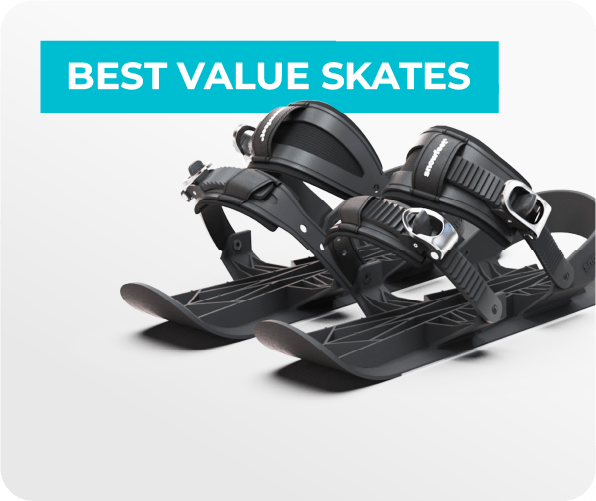
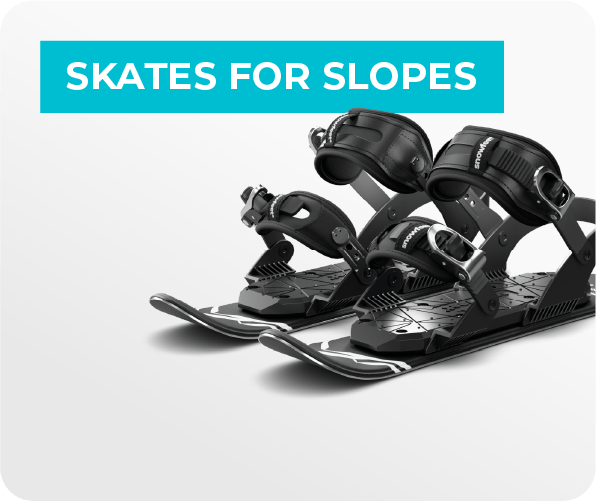
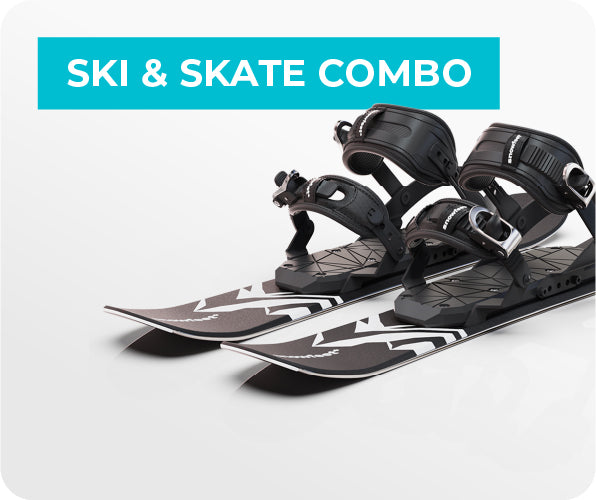
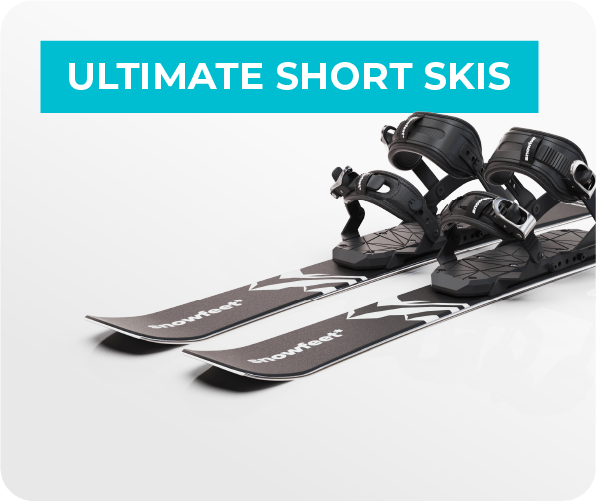
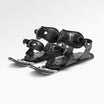
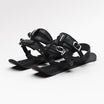
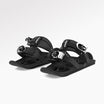
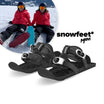
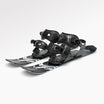
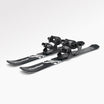
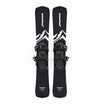
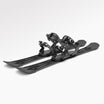
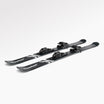
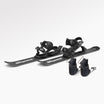
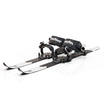
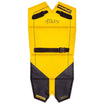
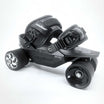

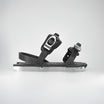
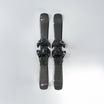
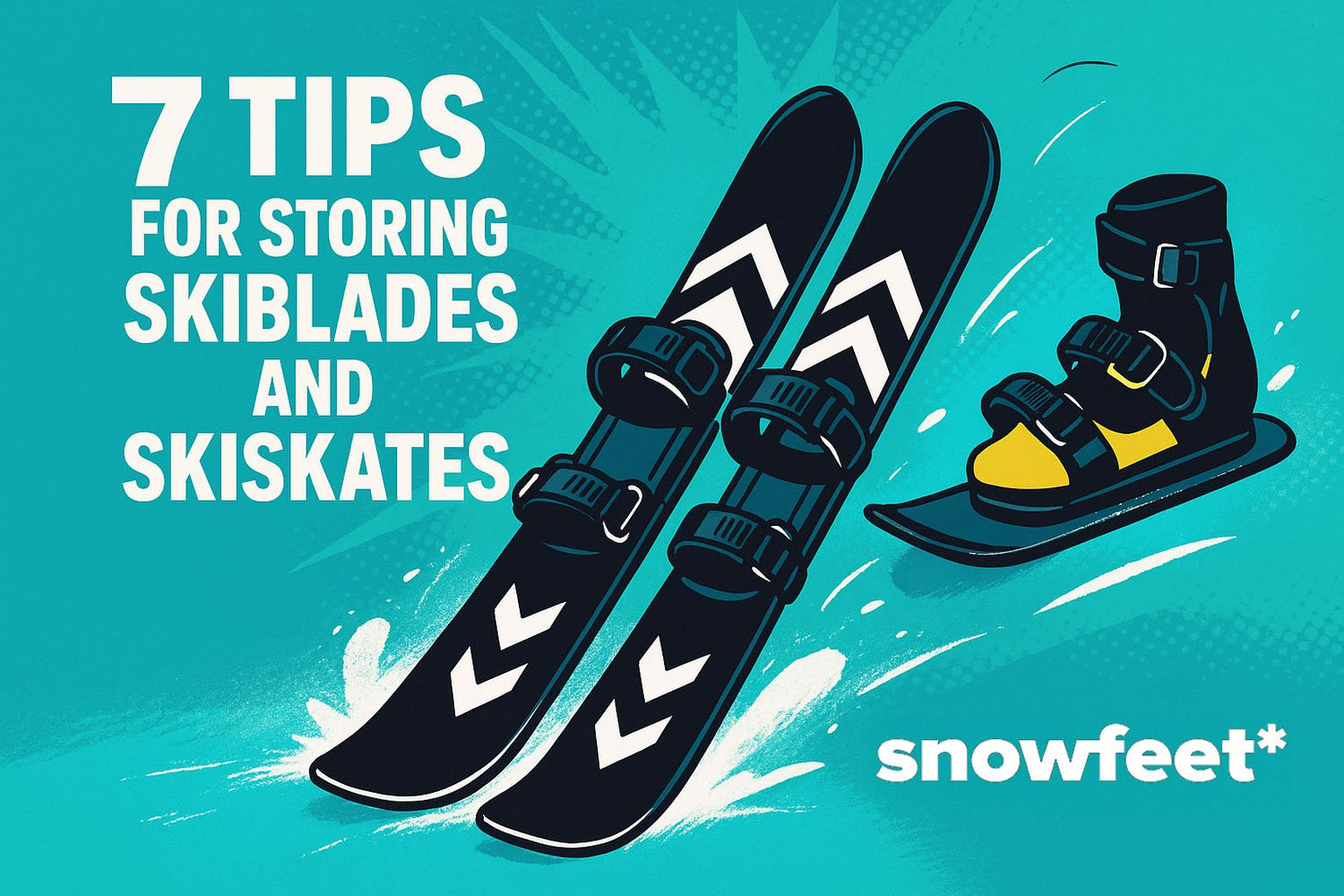


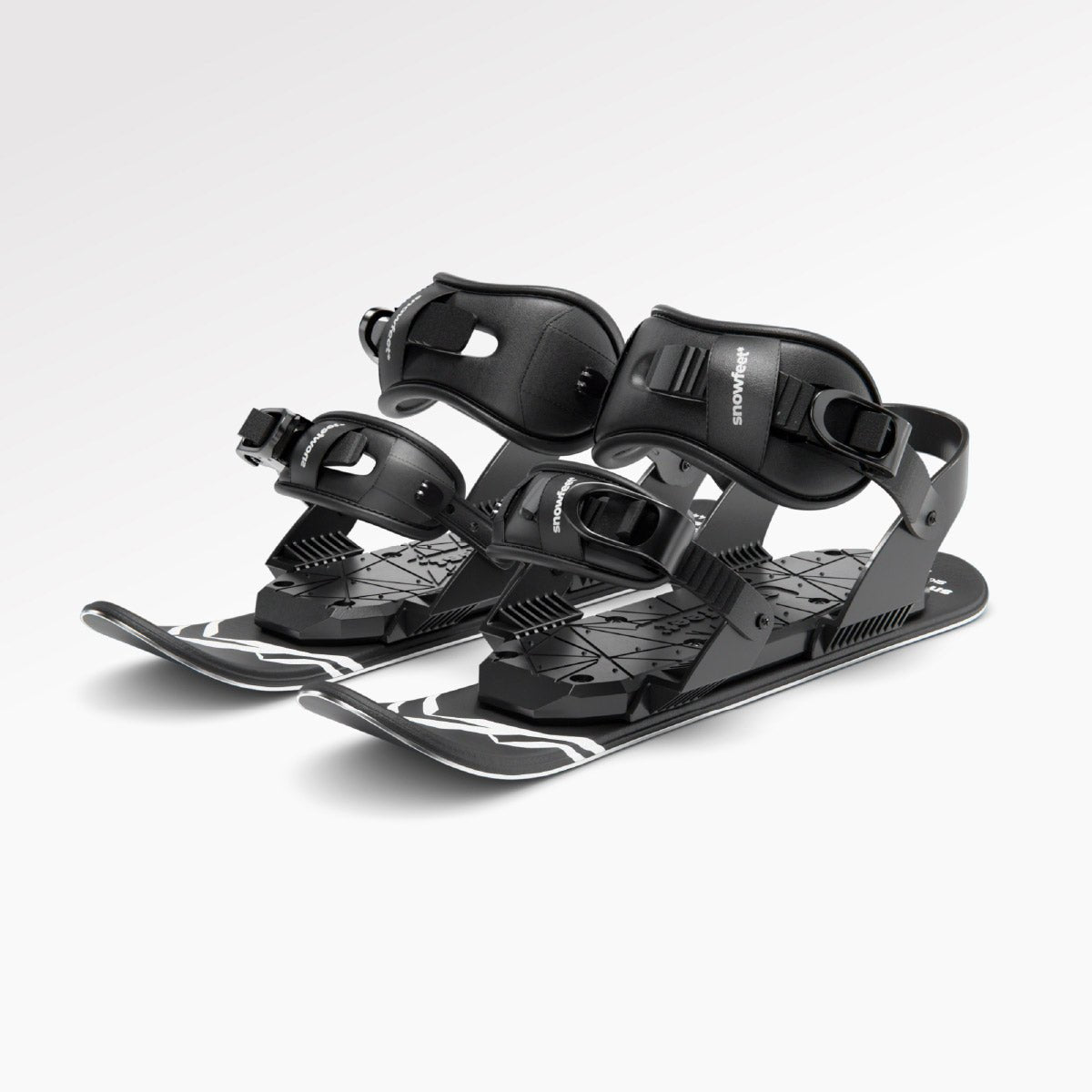

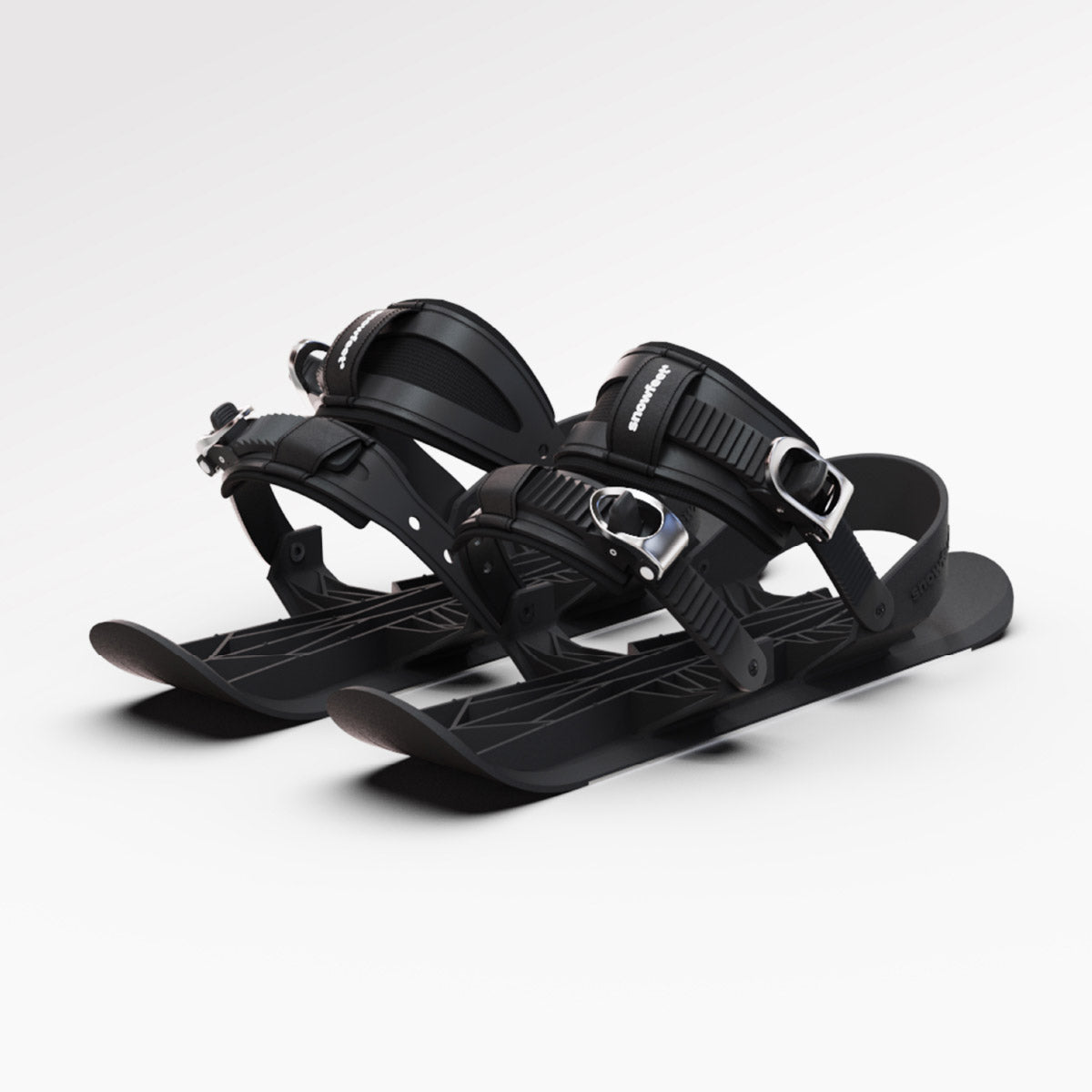
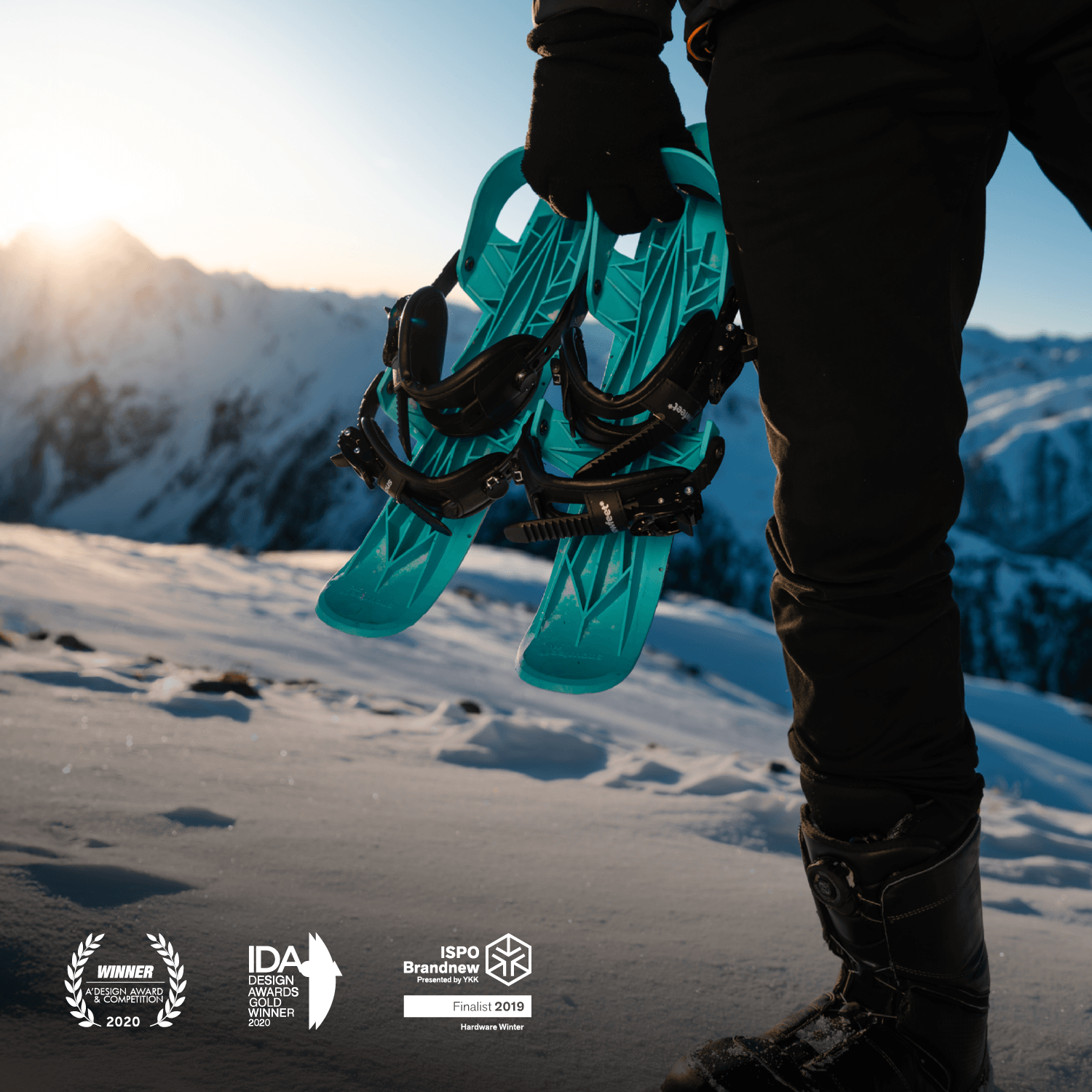
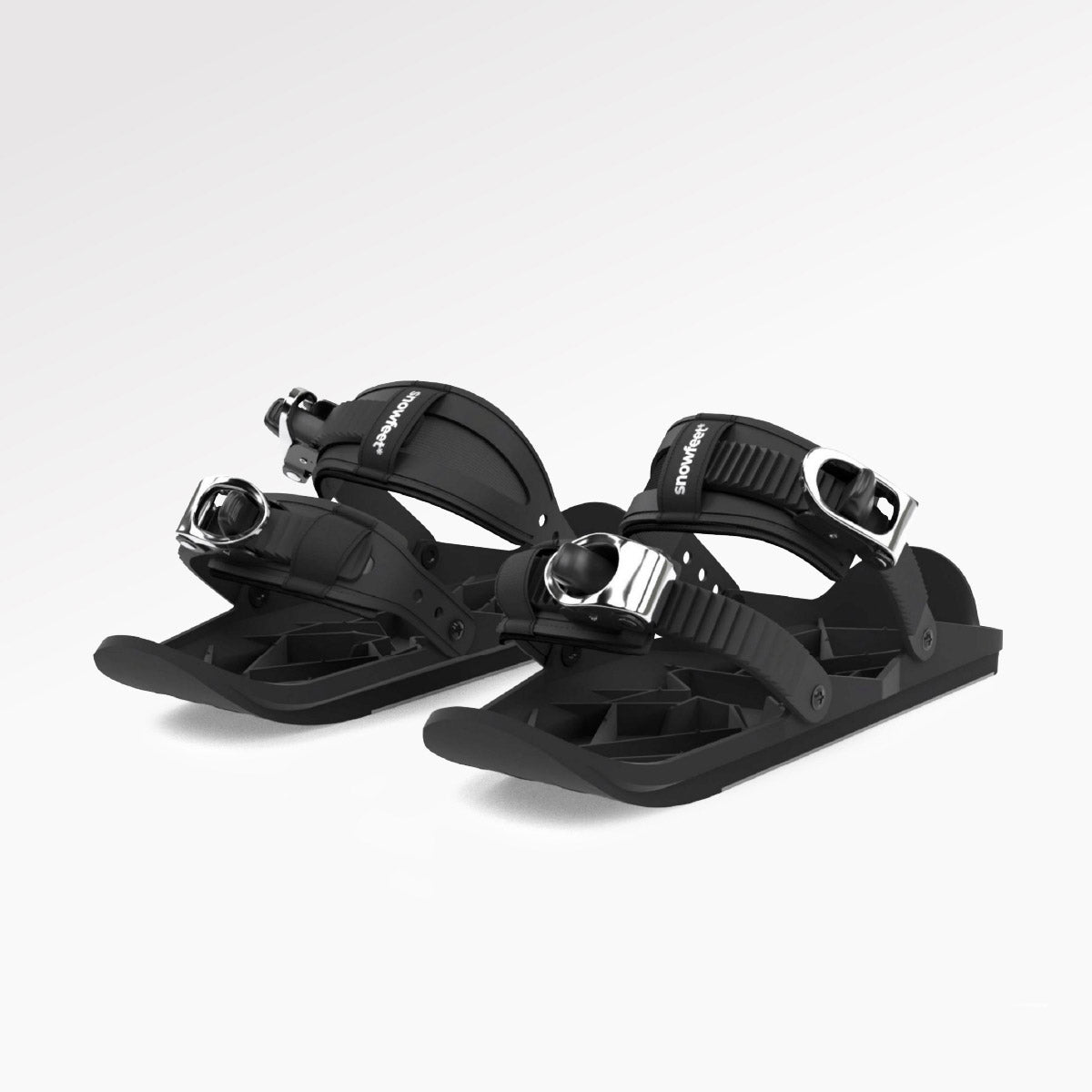

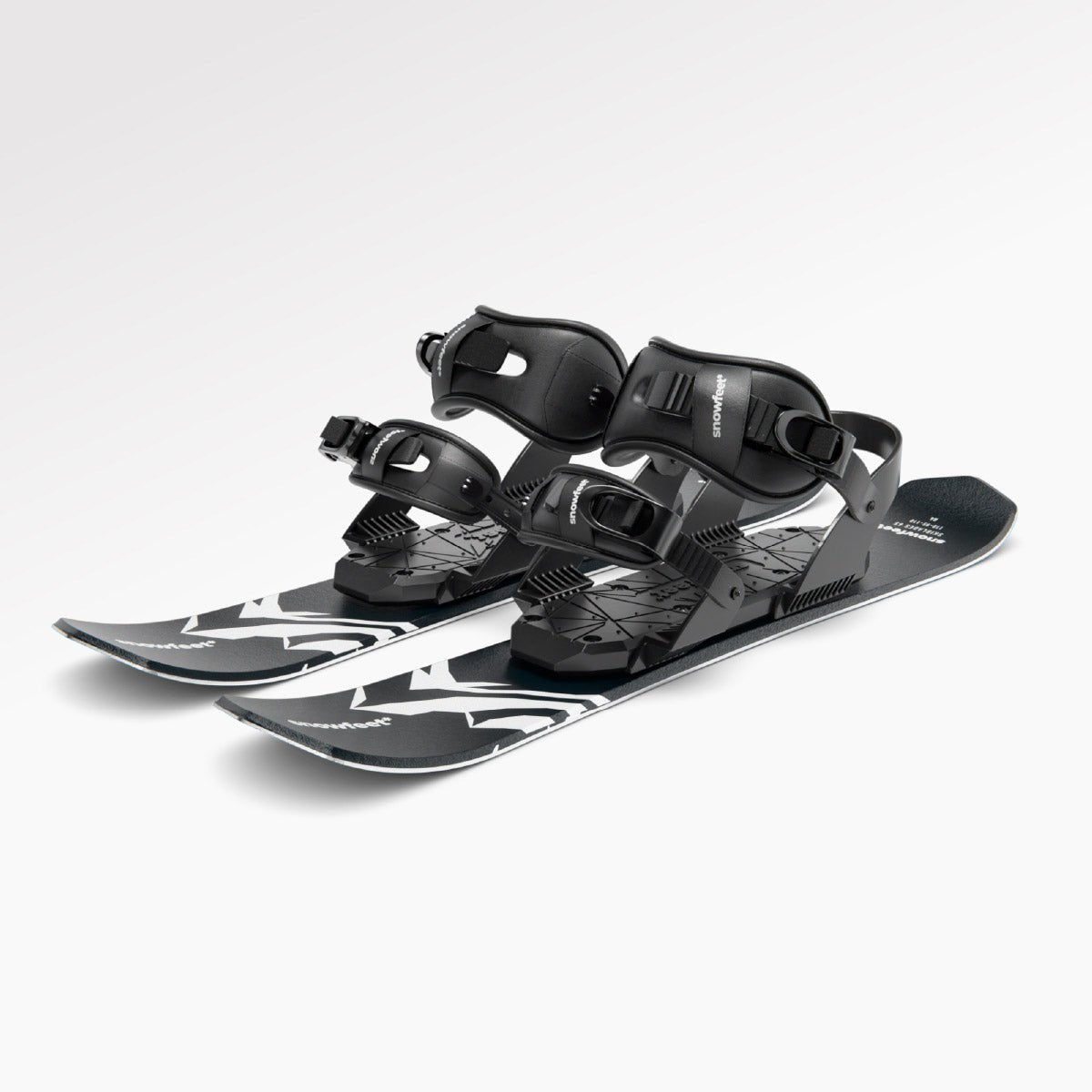

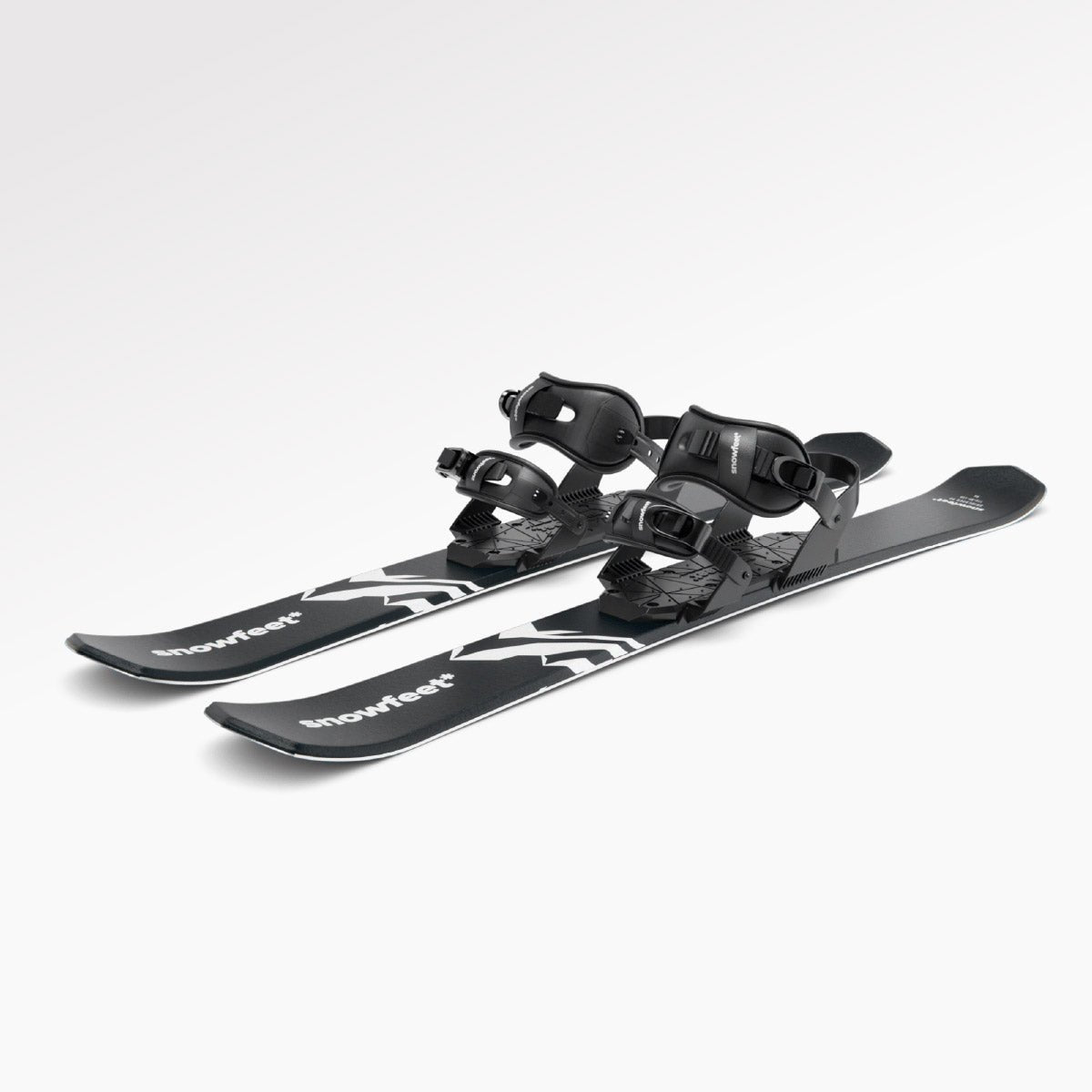

Leave a comment
This site is protected by hCaptcha and the hCaptcha Privacy Policy and Terms of Service apply.